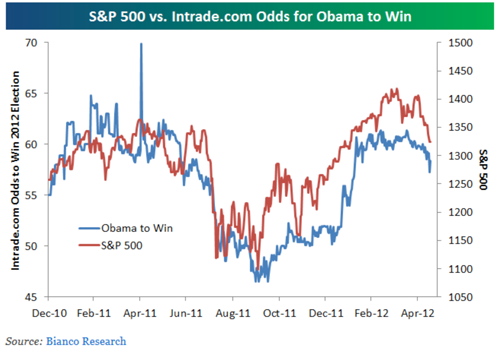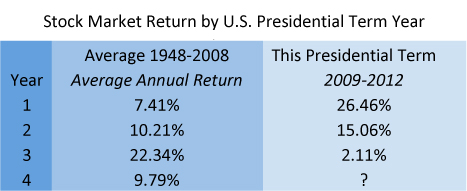The automobile industry has played an important role in many Michiganders’ lives. I recall my own great-grandfather Mel working for Ford Motor in Dearborn. Mel was able to provide my great-grandmother and their children (my grandmother) a comfortable middle-class lifestyle thanks to his work there. Today, hundreds of thousands of people—both current employees and retirees--continue to depend upon automobile companies to help care for their families.
Ford and GM have both recently announced changes to their pension benefits affecting an estimated 130,000 retirees. More of the details are laid out in my two recent blogs (May 4th blog titled “Why is Ford Motor Company Offering to Pay-Off 90,000 Retirees?” and June 13 blog titled “GM Pensions to Follow Ford...With a Twist”), but the essence of the change comes down to choosing between (1) continuing to receive a monthly pension check that will be payable for the rest of your life, and (2) electing to forgo monthly payments and taking a one-time lump sum.
Consumer Alert: Let’s face it – the financial services industry doesn’t have the greatest track record. Several firms in the financial services industry are already geared up to get their share of the lump sum payments via “free” seminars and “free” consultations. I am sure many of you were given the same sage advice my great-grandfather shared with me one time: there’s no such thing as a free lunch.
Those in the financial planning industry get compensated in a variety of ways: fees, commissions, or a combination of both. Professionals that provide value deserve to be compensated. However, some advisors in the financial services industry do not get compensated for advising you to continue to take the monthly pension. And yet, this might be the most prudent decision for anyone with a normal life expectancy.
Financial advisors/consultants/salespeople/insurance agents/stock brokers are often biased for you to elect the lump sum option. A professional financial advisor will start with a clean slate – learn about your unique situation and objectives – and then provide tailored recommendations based on the tradeoffs between the options. Any advisor advocating only one option should be avoided.
What to do? The tricky situation with the GM and Ford offers is that general rules and rules of thumb just don’t work. You must take a lot of factors into consideration. So, run the numbers (you are encouraged to consult with a financial planner and/or tax advisor) and then weigh the risks before deciding. We have been working with several clients over the last few weeks. In some cases the lump sum offer made the most sense, but in others, we advised sticking to the pension option. Each situation is unique, and we have come to different conclusions based upon their individual circumstances, so make sure you are getting the best advice possible and not just a “free lunch” offer.
The information has been obtained from sources considered to be reliable, but we do not guarantee that the foregoing material is accurate or complete. Any information is not a complete summary or statement of all available data necessary for making an investment decision and does not constitute a recommendation. Any opinions are those of Center for Financial Planning, Inc., and not necessarily those of RJFS or Raymond James.




















